That was the case of Mr. LKT (62 years old), who came to the Ho Chi Minh City Oncology Hospital for examination in early April, when his face was already deformed.
Facial disfigurement due to skin cancer
The man told Dan Tri reporter that he made his living as a gardener in his hometown. More than 10 years ago, he saw a small black pimple on his face. Because he didn't feel any pain, he thought it was a mole and didn't go get it checked. Over time, the mole grew from a small dot to the size of a chopstick. About a year ago, the mole started to show signs of peeling skin.
At this time, Mr. T. went to the store to buy some medicine to apply on his face. However, after that, the skin on his nose peeled off and became deeply sunken. At the local hospital, the man was diagnosed with a suspected serious illness in his face and was advised to go to a higher level for treatment. At the Ho Chi Minh City Oncology Hospital, after doing the necessary tests, the doctors determined that the patient had skin cancer .
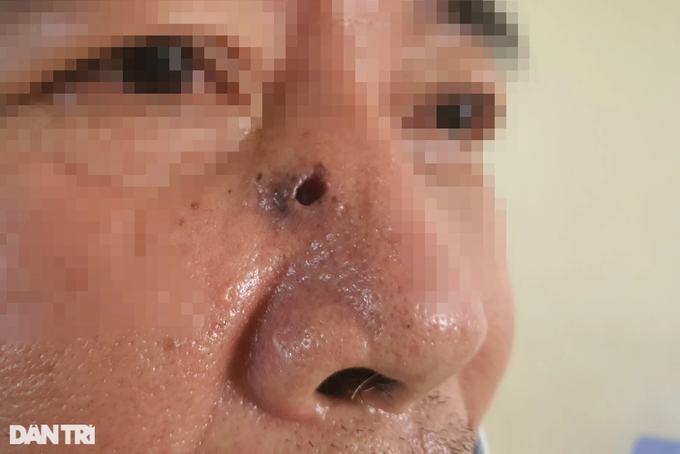
The skin around the man's nose is deeply dented (Photo: Hoang Le).
Upon receiving this result, the man was very worried and still did not believe that he had cancer, because the wound did not cause any pain, and no one in his family had this disease. The biopsy result confirmed skin cancer , the doctors reassured the patient to agree to early surgery.
Dr. Nguyen Anh Khoi, Head of Department of Surgery 5, Ho Chi Minh City Oncology Hospital, shared that every week there are 2-3 cases of patients having surgery for skin cancer. According to statistics from the doctor on duty at the clinic, every day there are about 3-4 new cases of skin cancer patients coming for examination.
Recommendations when going out in the hot sun
According to Dr. Khoi, there are many risk factors for skin cancer, of which the most prominent risk is ultraviolet B (UVB) rays, which are most intense in sunlight from 10am to 4pm.
Normally, patients will get skin cancer when exposed to sunlight for a long time, such as farmers working in the fields. The disease is also gradually getting younger. Specifically, through Dr. Khoi's monitoring, in the past 10 years, he has had to receive and treat patients who are only 30-40 years old with skin cancer, instead of 70-80 years old cases like before.
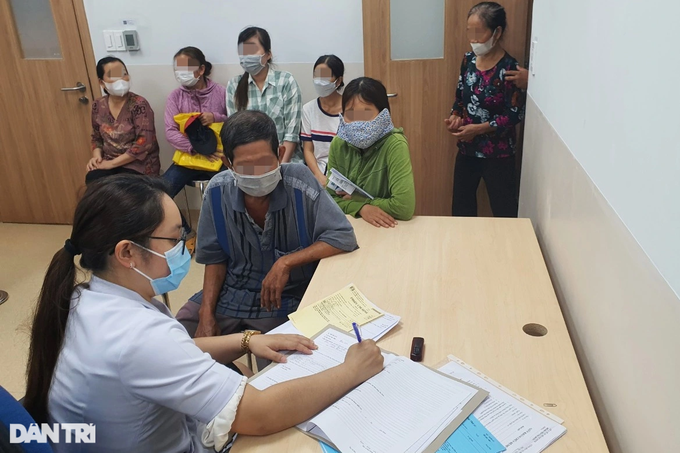
People come to see a doctor at Department of Surgery 5, Ho Chi Minh City Oncology Hospital (Photo: Hoang Le).
There are many hypotheses to explain the above situation and are still being researched, such as ozone layer holes causing the greenhouse effect, causing more and more UV B rays, due to toxic chemicals...
People with poor skin tanning response are more susceptible to skin cancer than those who are prone to skin darkening when exposed to sunlight. In addition, people who have had severe burns, chemical burns, or gasoline burns are also at higher risk of skin cancer than normal people.
To treat skin cancer, surgery is the main method. In cases of large tumors, tumors spreading to the jawbone, eye socket, oral cavity... radiation therapy can be considered. In addition, for patients with small, shallow skin lesions, there are currently some topical medications to support treatment.
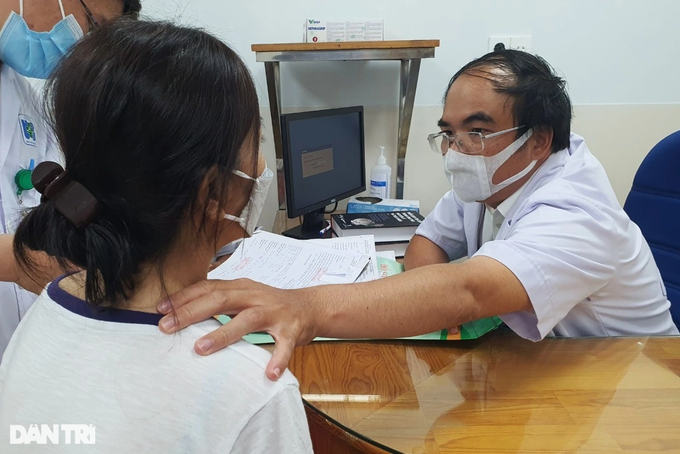
According to Dr. Khoi, people with skin cancer are getting younger over time (Photo: Hoang Le).
Doctors warn that if skin cancer is not treated early, it will spread to many structures, causing infection, bleeding and, in the worst case, death. If skin cancer occurs in the lip area, it can cause ulcers on the lips and gradually spread around the mouth. Cancer located near the eye is at an advanced stage, and the patient may have to have the eyeball removed.
Melanoma will have a much worse progression, although it is rare. In addition, during surgery, the patient's skin will be cut deeply, affecting the aesthetic aspect.
Therefore, doctors recommend that people should see a doctor soon if they see ulcers or skin lesions that do not heal after more than 4 weeks, or if their skin suddenly develops lumps with strange marks or is very itchy. When going out between 10am and 4pm, they should cover themselves carefully to avoid exposure to harmful light, especially in exposed areas such as wrists and ankles.
Source























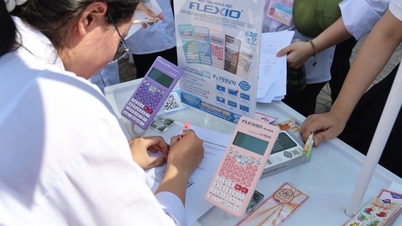


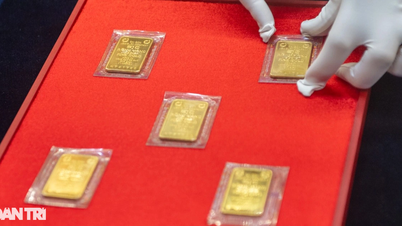






























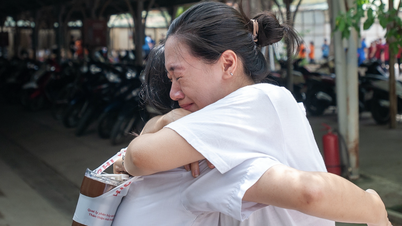






























![[OCOP REVIEW] Tu Duyen Syrup - The essence of herbs from the mountains and forests of Nhu Thanh](https://vphoto.vietnam.vn/thumb/402x226/vietnam/resource/IMAGE/2025/6/5/58ca32fce4ec44039e444fbfae7e75ec)





Comment (0)